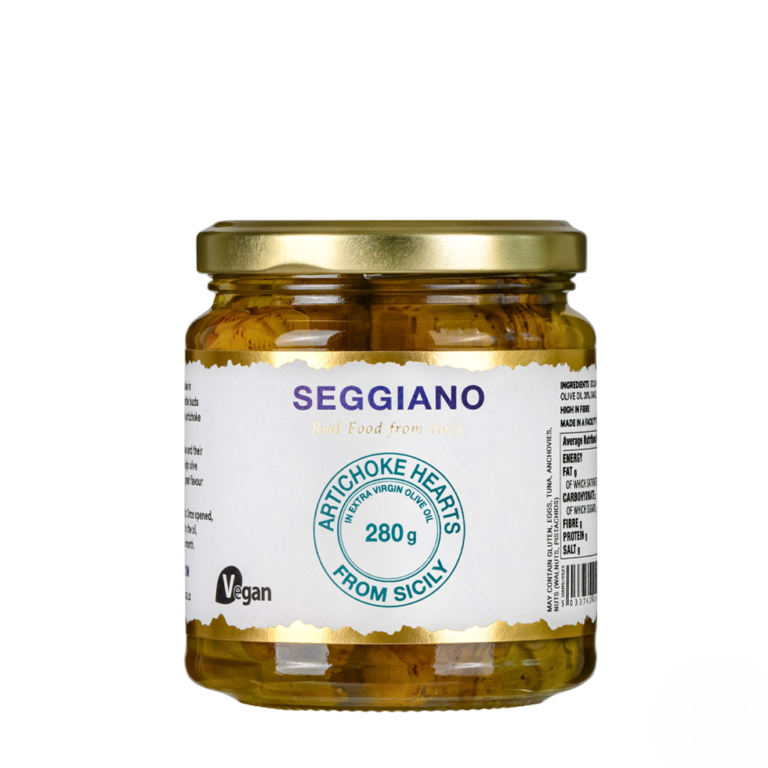
The History, Mythology and Health Benefits of the Artichoke
Share via
The globe artichoke, or “Cynara Cardunculus”, is a variety of thistle cultivated for thousands of years all over the Mediterranean. Did you know that all thistles are edible when cooked and all have medicinal uses? The uncultivated or wild variety of the species is called a cardoon. Pliny the Elder referred to the artichoke by the Latin name “carduus”. The vegetable continued to improve with breeding, and each new strain, whether from Sicily, Palestine or North Africa, was welcomed with a surge in popularity and a spate of new recipes. It was the occupying Arabs in Spain who gave the artichoke the name al-khurshūf from which its modern European names are derived.
The Artichoke King
Although it made its way as far north as Scotland, with Henry VIII cultivating artichokes in his garden at Newhall, it tends to flourish best in a Mediterranean or Californian climate. Loved by Italians, the artichoke became equally prized in America; grown mainly in California but eaten in quantity by the Italian immigrants in New York. A leading Mafia family led by Ciro Terranova, the “Artichoke King”, monopolized its sale in New York by violent means for a decade until dealt with in 1935 by Mayor La Guardia, who imposed sanctions with a parade and fanfares of trumpets (as well as arresting those responsible). The ancient Romans used to preserve artichokes in honey and vinegar, and season them with cumin so that they could consume them year-round. In modern Italy, they tend to be preserved in oil, which leaches out fewer nutrients than vinegar or brine. Artichoke hearts in oil are the usual vegetable for the ‘spring’ section of the ‘Four Seasons’ or quattro stagioni pizza (with olives for summer, mushrooms for autumn, and prosciutto for winter).
The medicinal properties of the artichoke have been known for thousands of years. All plants of the thistle family have been traditionally used for stimulating the digestion and treating rheumatism in various ways, not only in Europe but also by the Native Americans and in Asia. Chinese medicine sees the artichoke as a valuable tonic for the liver and gall-bladder, relieving congestion throughout the system, eliminating toxins and enriching the blood. In the Chinese medical model, muscle and joint pain is seen as liver and gall-bladder related, so the artichoke is also used for treating these. The Italians are also fond of their aperitif, Cynar, made from artichokes and much used after over-indulgence; it’s a more delicious way of taking artichoke extract than a pill or herbal tincture. The traditional uses are borne out by modern research. Studies have shown artichoke to aid digestion, liver and gall bladder function, and reduce “bad” cholesterol levels. It also seems to have a stimulating effect on beneficial gut bacteria. Its anti-oxidant levels are among the highest of any vegetable, and it is exceptionally rich in vitamins and minerals. The benefits of the artichoke are mainly found in the pulp of the leaves rather than the much-prized heart, and Seggiano whole baby artichokes give you both, preserved in delicious form.
Share via
Related Products
Add all related products to your basket with one click!
Related Inspiration
View All Inspiration







